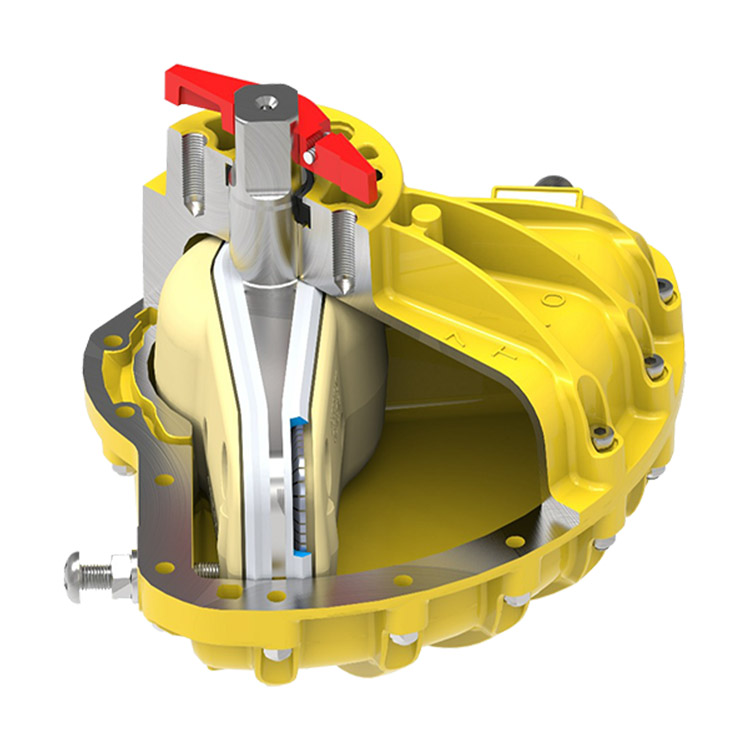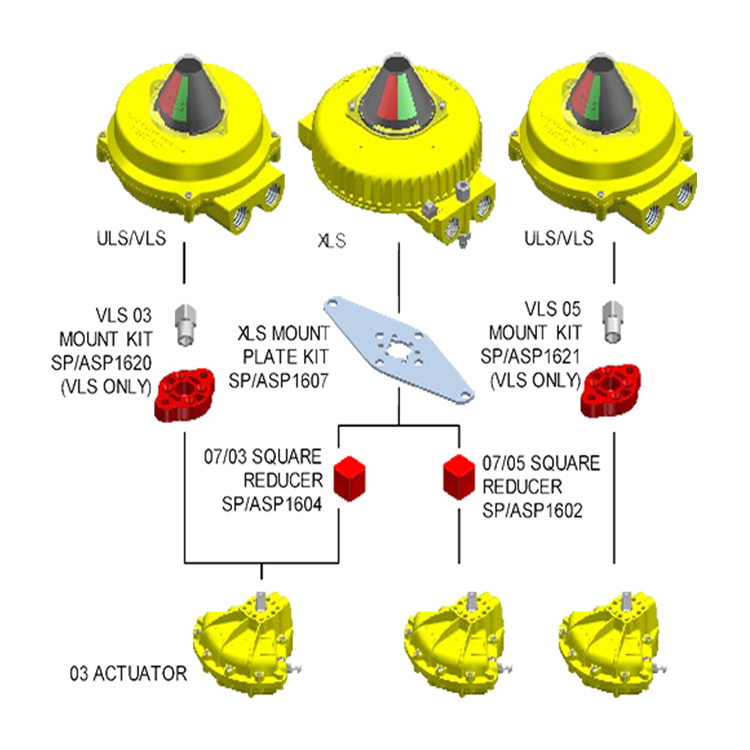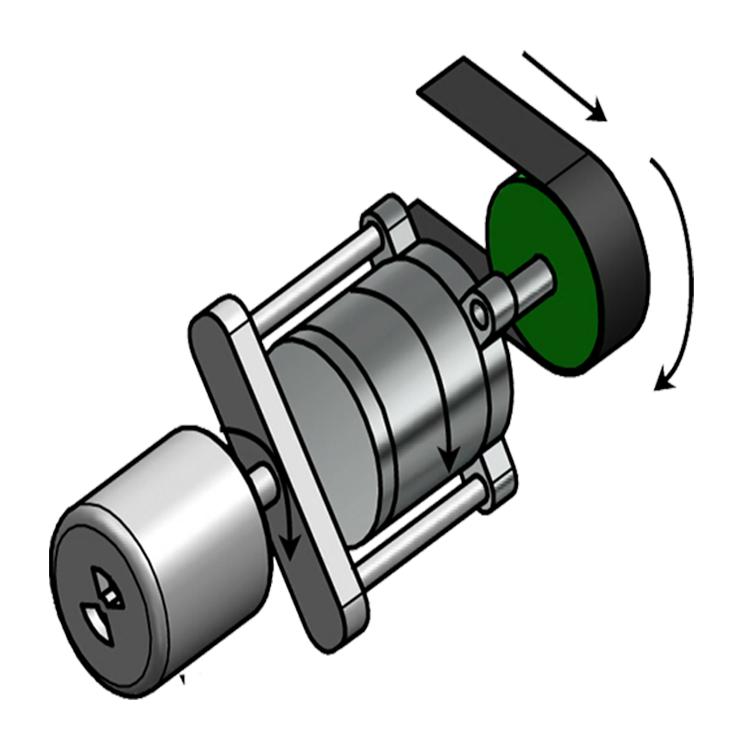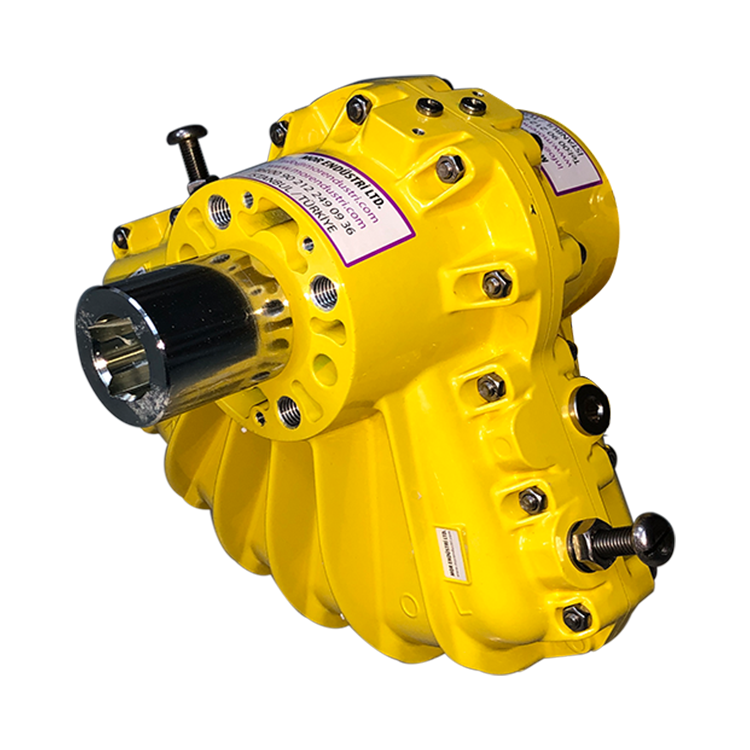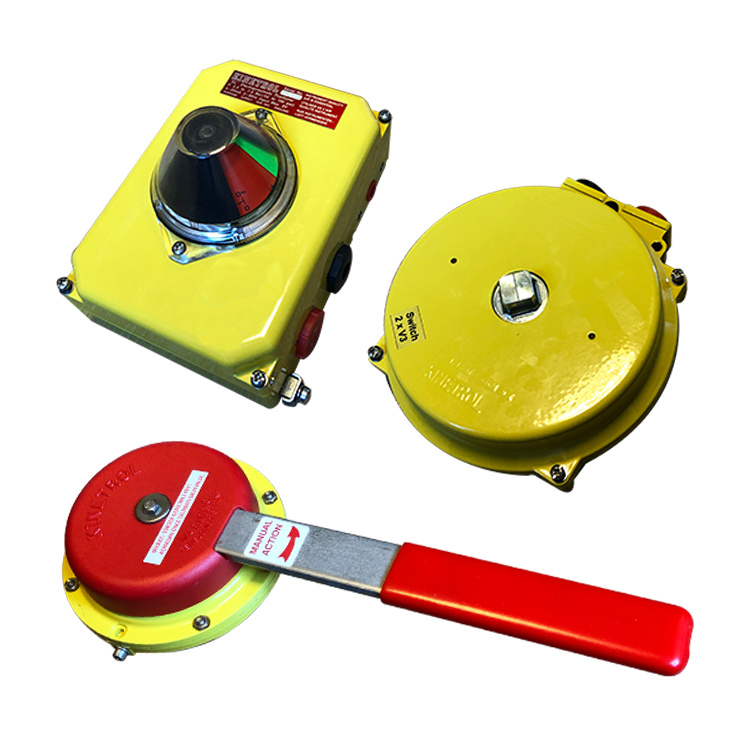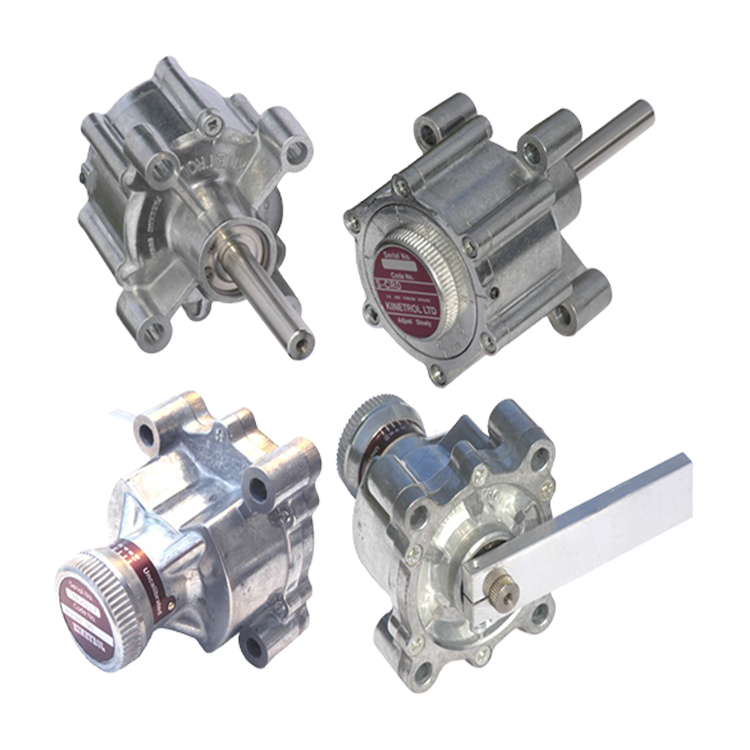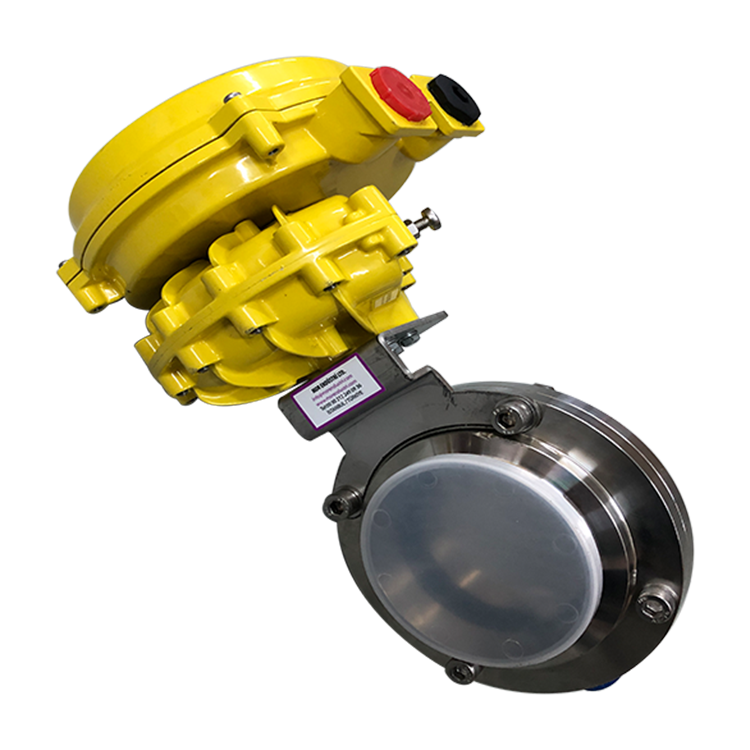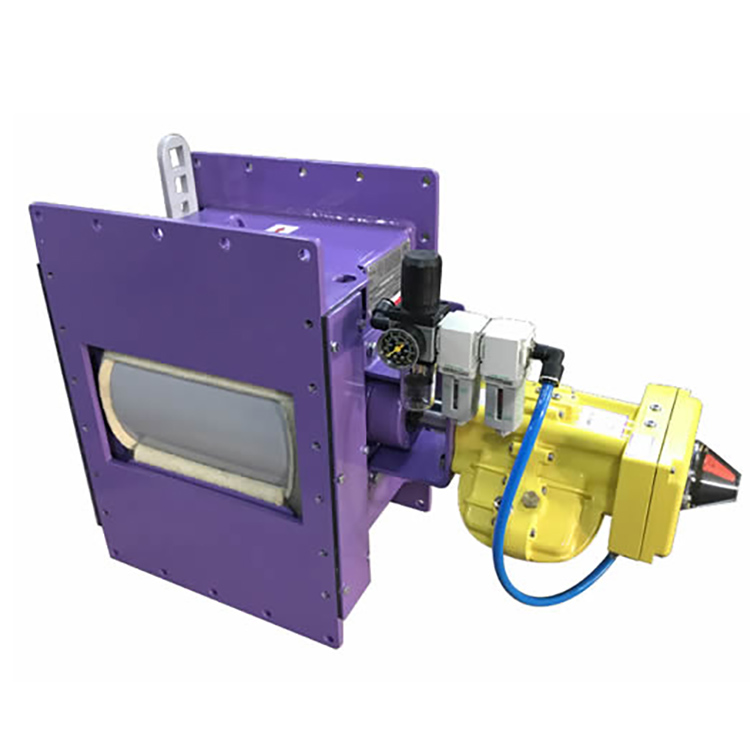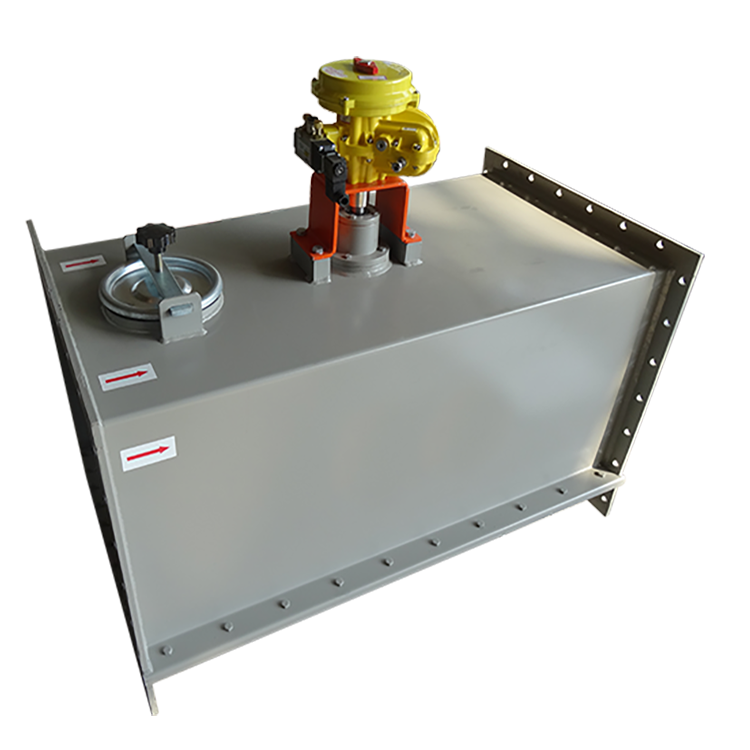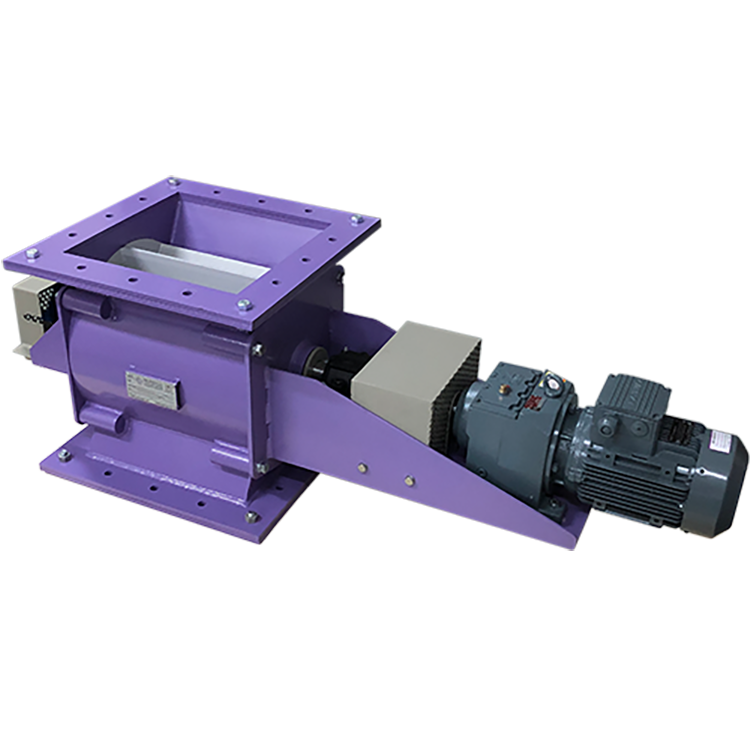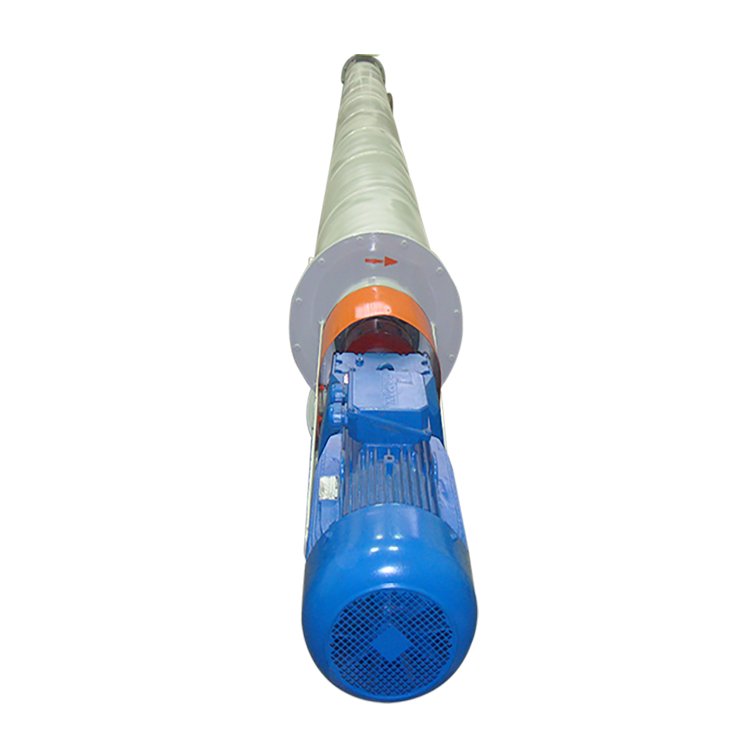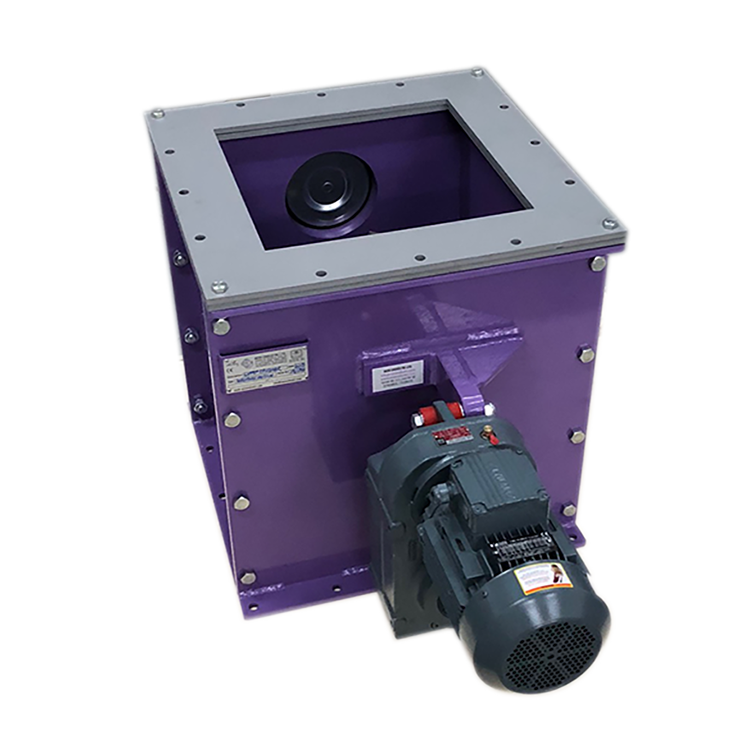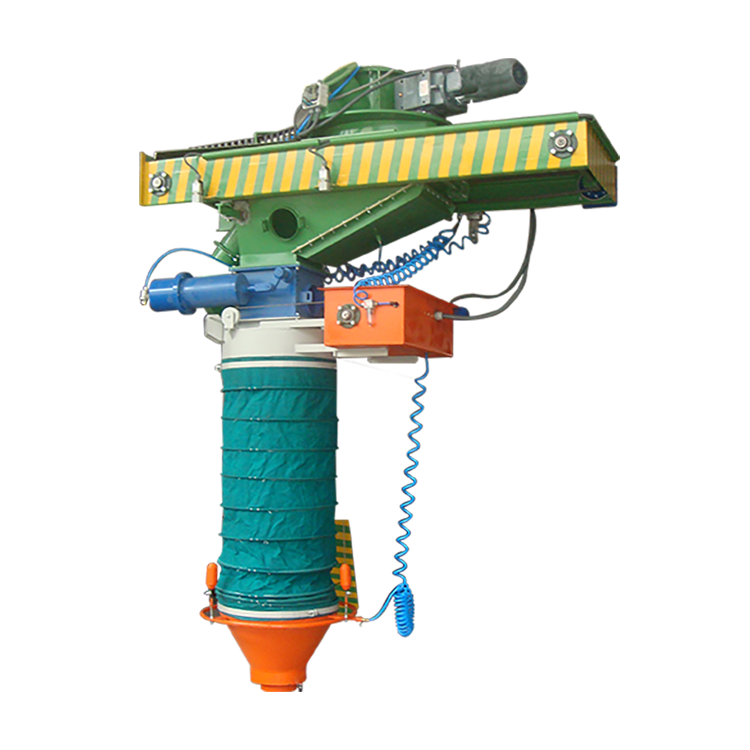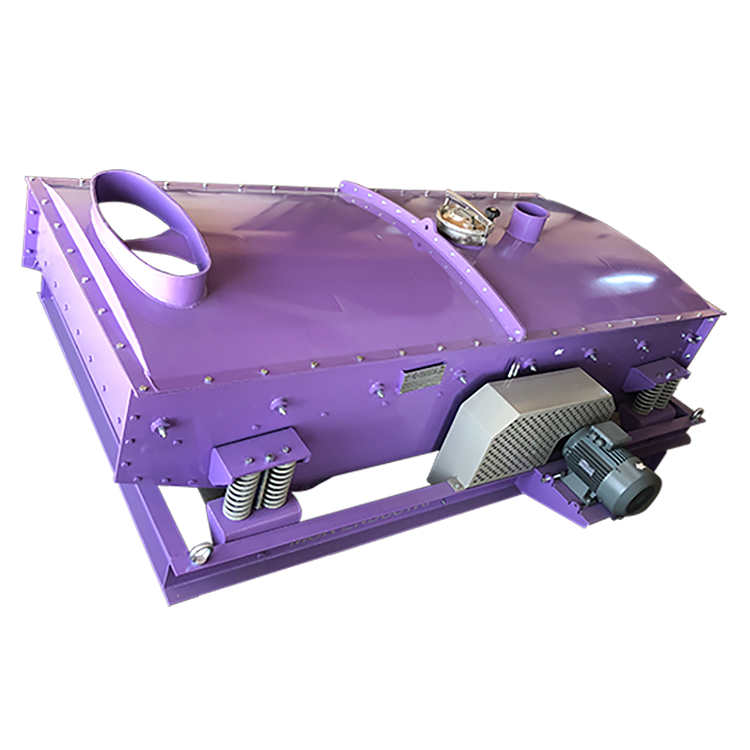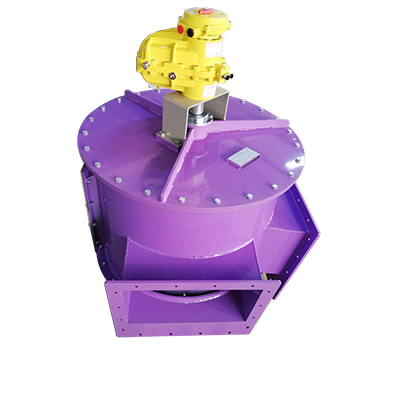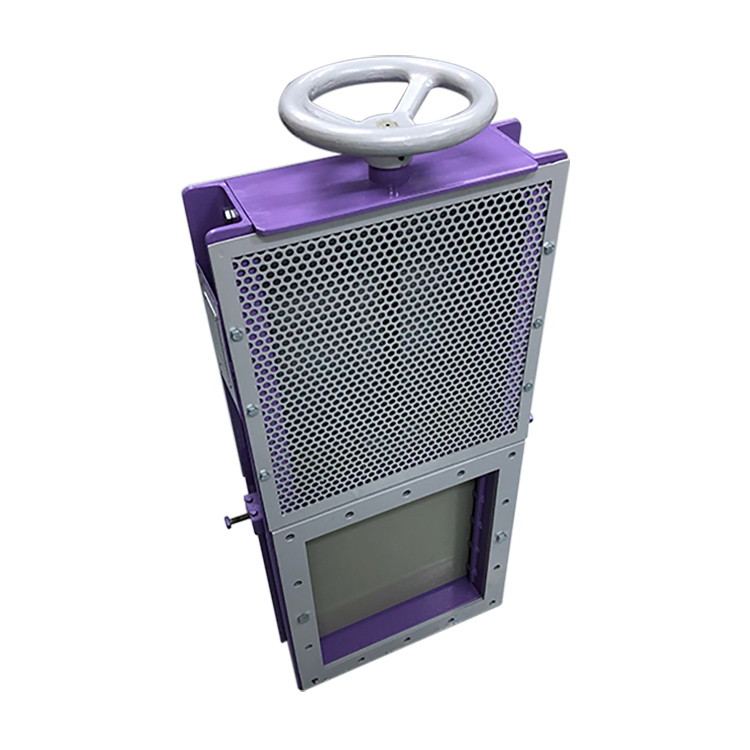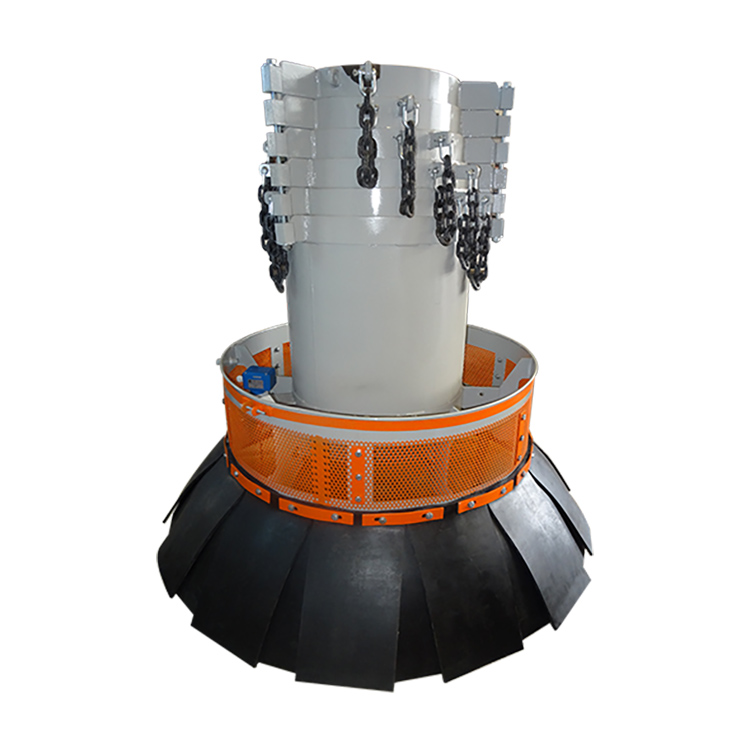Once you have selected the type of pneumatic rotary actuator best suited for an application, the next step is to select an appropriate size. Here’s a breakdown of the three main design criteria to consider to help you along with the process:
Torque output
Kinetic energy absorption
Bearing load capacity
Torque output
Check the data sheet or catalogue specifications for the torque output. (See the torque output page) Select a rotary actuator with enough muscle to move the load from resting to the desired speed. Typical torque units are expressed in pound-inches or Newton-meters.
Remember, there will always be losses due to friction in the actuator. If theoretical output torques are provided, allow 10–15% for frictional losses for actual output torque. In rack and pinion rotary actuators this friction is caused by separation forces of the rack and pinion gears as well as seal friction. In vane actuators, seal friction exists, as well as a slight bypass leakage over the vane seals.
Many manufacturers do provide this information in their specifications, providing actual output torque values that have subtracted out the inefficiencies. For example, a rack and pinion actuator may be 90% efficient. If actual output torque values are provided, the designer does not need to do the math… just be aware that the output specification factors in the frictional losses (efficiency).
Kinetic energy absorption
Next, look at the kinetic energy absorption rating. Typically, the designer finds that a larger actuator will be necessary in order to reliably stop the load. If the kinetic energy requirement drives a much larger unit, and it becomes more costly, then the designer may make the decision to specify a small rotary actuator and stop the load externally. It’s more design work, but when very high loads and moments are involved, it will usually be less costly to design external stops than to specify a much larger actuator.
Load handling
Finally, look at load on the output shaft. It will take some math to calculate the load of the application, which is greatly affected by the distance of the load from the shaft. Manufacturers provide tables for the capacity of load handling based on the bearings and gear trains. If there is a load handling requirement, especially a heavy load, size the rotary actuator based on its ability to hold the load. Again, this may require a larger actuator, as the bearing size is based on the size of the gear.



 TR
TR